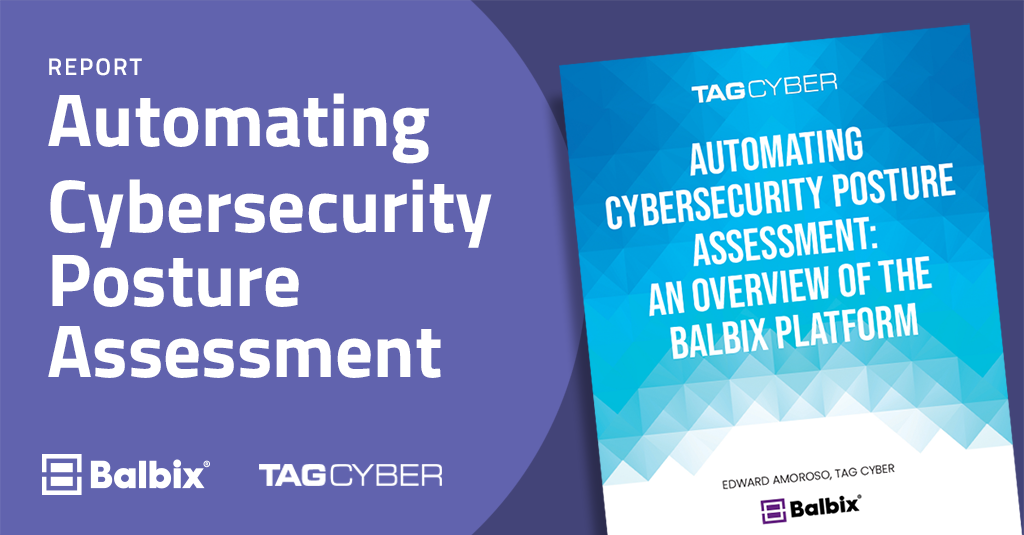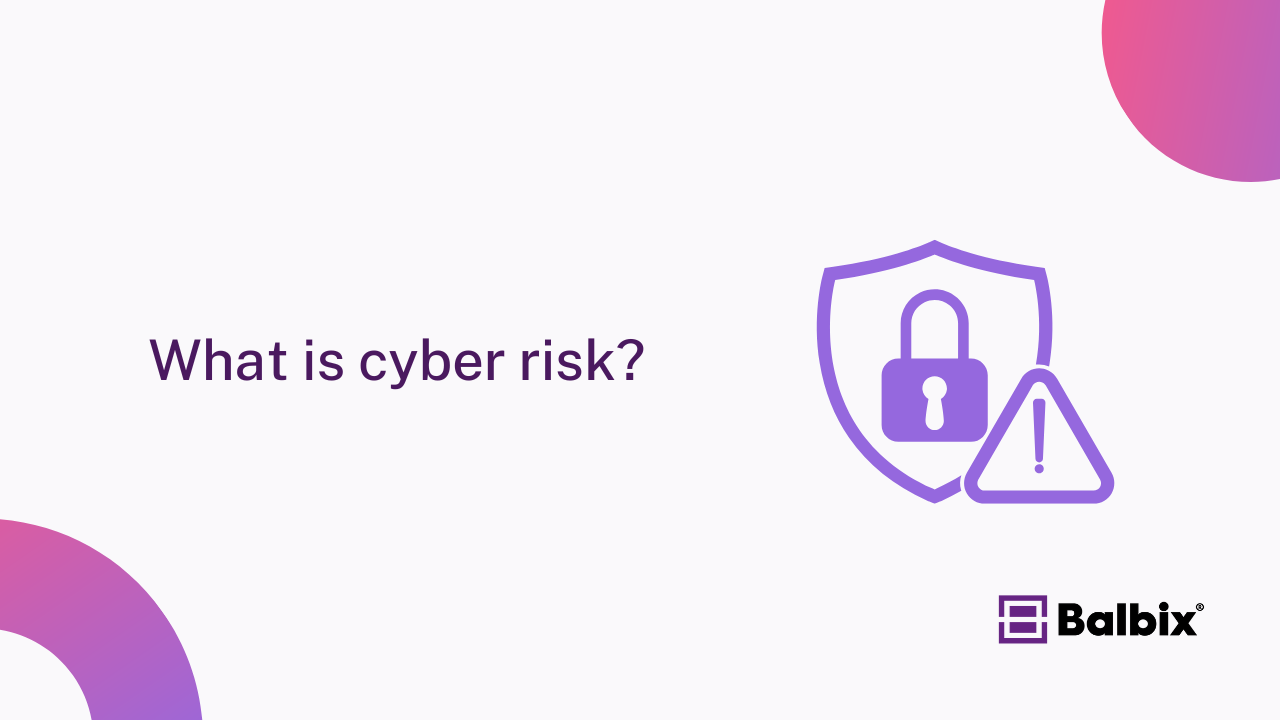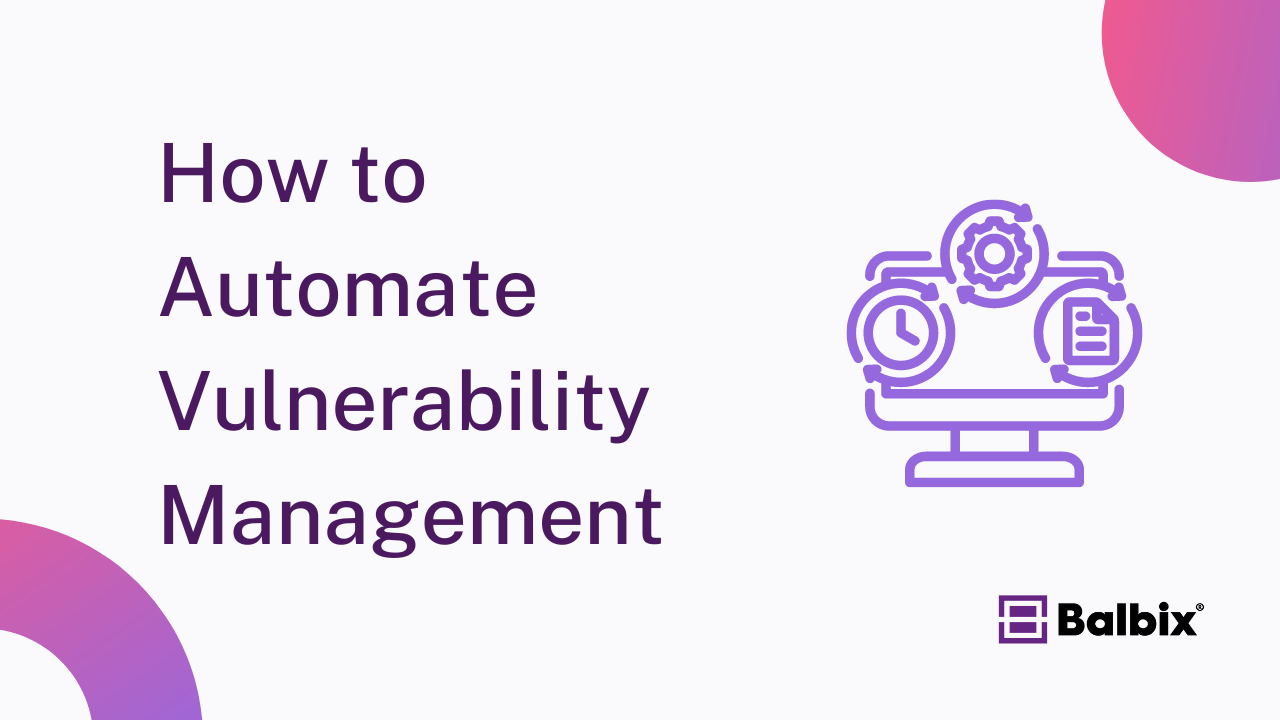Any organization can fall victim to a cyber attack. The breach of a single vulnerability or unpatched system can lead to a major loss and damage on an organization’s finances, data and brand recognition. In addition, cyber criminals are turning to sophisticated techniques that make spotting their attacks tougher, even for the most protected organizations. As a result, the number of organizations reporting cyber attacks has risen, and so has the severity of the attacks.
Attack patterns also indicate that cyber criminals are no longer just targeting on-premise IT devices and applications, but have also been targeting cloud infrastructure. To protect itself, it’s important that your organization deploy appropriate security tools and optimize its processes to build cyber resilience and strengthen its ability to detect and mitigate cyber risk. An effective cyber risk mitigation strategy ensures that you are staying ahead of today’s evolving threat landscape and are prepared for all forms of cyber attacks.
What is cyber risk mitigation?
Cyber risk mitigation is the application of policies, technologies and procedures to reduce the likelihood and impact of a successful cyber attack. It is a critical practice to help guide decision-making around risk control and mitigation and allows your organization to stay protected and achieve its business goals.
A cyber risk mitigation practice allows your organization to answer the following questions:
- Do we have a complete inventory of all our assets?
- Do we know which assets are the most critical?
- Do we have real-time visibility into our entire attack surface?
- Can we prioritize our vulnerabilities based on business criticality and risk?
- How comprehensive and effective are our cyber security controls?
- How vulnerable are we to potential breaches and attacks?
- What policies, technologies and procedures should we deploy to maintain cyber resilience?
What are the challenges of cyber risk mitigation?
Cyber risk mitigation can be challenging as many organizations lack real-time visibility of their cybersecurity posture in light of the rapid evolution of networks and changing threat landscape. They often don’t know what assets they need to protect, where and how they could be breached and whether adequate security controls are in place. Even if controls are in place, security teams aren’t always confident that they’ll be effective against different types of threats.
Speed is another challenge. In most instances, security teams aren’t able to identify and respond to threats in a timely manner as many risk identification and mitigation processes are still manual. Lack of resources can be another reason why organizations might have difficulty mitigating cyber risk efficiently.
What are the benefits of cyber risk mitigation?
There are many benefits of cyber risk mitigation, some of which include:
Timely identification and mitigation of cyber risks
Cyber risk mitigation efforts by your security teams help identify risks in a timely manner. Doing so aids with determining where the threats are in your network and ensuring that your critical systems stay safe. These efforts involve monitoring your systems for suspicious activity and assessing vulnerabilities to pinpoint security gaps and determine remediation steps.
Fewer vulnerabilities
Cyber risk mitigation efforts help identify threats early so your organization has time to eliminate vulnerabilities before they can be exploited by cyber criminals. For example, by undertaking a cyber risk assessment, security teams can identify all types of threats – internal and external – and understand security gaps in order to strengthen its controls and mitigate vulnerabilities faster.
Better security compliance
Cyber risk mitigation efforts help your organization implement the right security procedures, policies and technologies to make it easier to meet regulatory standards and comply with security requirements. Taking such measures allows you to avoid costly penalties and fines and improve your organization’s security posture.
Improved brand reputation
Another vital benefit of cyber risk mitigation is that it protects your organization’s reputation. By implementing risk mitigation policies, procedures and technologies, you can keep your data protected, thereby gaining trust and increasing loyalty from your customers.
Increased revenue
Cyber risk mitigation efforts can identify vulnerabilities and other issues to help your organization avoid downtown and prevent the loss of revenue from compromised data and systems.
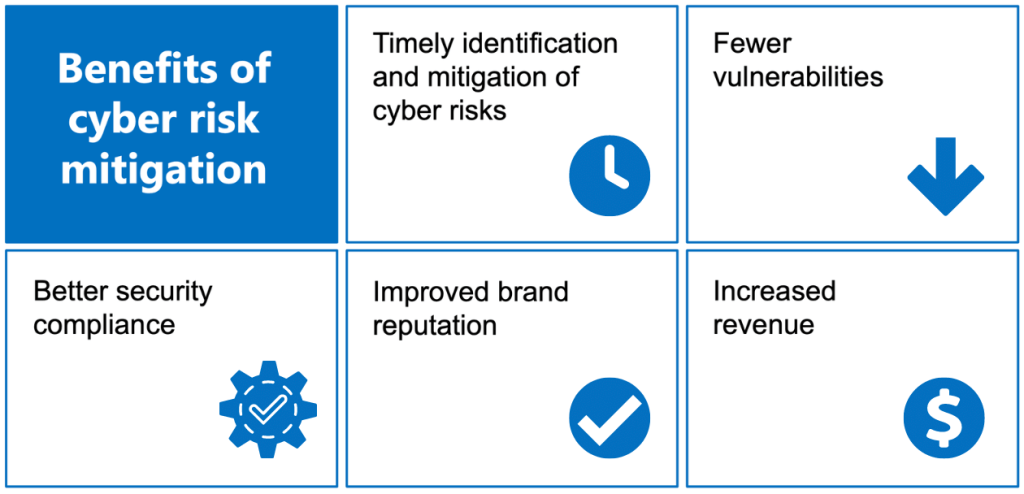
How to mitigate cyber risk?
With today’s evolving threat landscape, a comprehensive cyber risk mitigation strategy is crucial to your organization’s security posture and success. Here are eight actions you can take to improve cyber risk mitigation across your network:
Conduct a cyber risk assessment
A cyber risk assessment uncovers risks that exist across your organization’s networks, devices, applications, and users, and helps you determine how big an impact those risks are. Conducting a risk assessment also offers insights into the effectiveness of your current security controls and identifies where you may have coverage gaps. Essentially, a cyber risk assessment can provide a complete picture of your attack surface by identifying areas of vulnerability that could potentially be exploited. It also helps you to prioritize vulnerabilities that need to be remediated first.
Establish network access controls
Once you have assessed your assets and identified security gaps, the next step is to establish network access controls to mitigate the risk of threats from malicious insiders and outside attackers. Your organization can do so by implementing security systems such as zero trust, where all users are continuously verified before being granted access to applications and data. These controls will also reduce the number of issues due to negligence or a lack of familiarity with security best practices.
Implement firewall and threat detection software
Another cyber risk mitigation strategy is to install firewall and threat detection software. A firewall and other threat detection systems (such as endpoint detection and remediation solutions) monitor your network traffic to identify any suspicious activity. In the case of a firewall, it forms barriers between secured internal devices and untrusted external networks. Similarly, EDR solutions, and other threat detection software, detect and remove potential malware.
Install security patches and updates
Installing updates and security patches on a regular basis is a critical step for mitigating cyber risk. The faster security gaps are closed, the less opportunity there is for cybercriminals to exploit vulnerabilities in unpatched or outdated software. Moreover, a consistent patch management schedule mitigates cyber risk by identifying your enterprise’s vulnerabilities, checking for availability of patches and then systematically rolling patches out to the appropriate assets.
Stop Sabotaging Your Cybersecurity
Avoid the 11 common vulnerability management pitfalls

Conduct regular employee training
One of the best ways to mitigate cyber risk is to provide security training to employees. Training raises awareness about how to properly identify and respond to the security threats facing your organization. Letting your employees know about common forms of attacks, such as phishing emails, is one the best ways to prevent a data breach due to human error.
Adopt automated security technologies
It is no longer possible for people to manage the expanding attack surface, nor process the high volume of vulnerabilities emerging every day, without assistance. Security automation tools such as Cyber Asset Attack Surface Management (CAASM), Risk-based Vulnerability Management (RBVM) and Cyber Risk Quantification (CRQ) automate cyber risk mitigation processes and allow security teams to work at scale.
Minimize the attack surface
Your attack surface is the sum of all of the points on your enterprise network where an attacker can attempt to gain unauthorized access to your information systems. To effectively mitigate cyber risk, you need to make your attack surface smaller and harder to compromise. You can do this by accurately inventorying your assets and removing applications and devices you don’t need. It can also be done by continuously identifying, prioritizing and remediating vulnerabilities. Tools like penetration tests and cyber risk quantification solutions can help you to prioritize remediation efforts based on risk likelihood and impact.
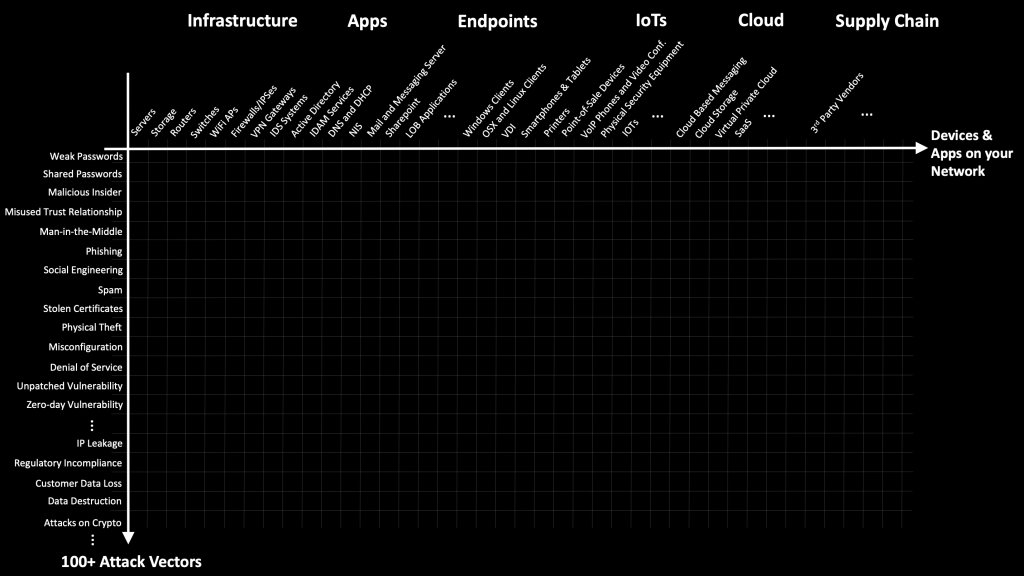
Build an incident response plan
Today, a cyber attack can happen to anyone. To mitigate your cyber risk, it’s important to build an incident response plan that lays out the steps and procedures to be implemented in the event of an attack. An incident response plan also highlights the responsibilities of key stakeholders on and outside of the security team so they know what steps to take if a security incident occurs. This plan is one of the most critical components of mitigating cyber risk because it helps your organization efficiently respond to all types of security issues.
Best practices for cyber risk mitigation
Cyber risk mitigation is a proactive approach that helps you manage cyber risk. Unfortunately, it cannot eliminate all vulnerabilities within your organization or block all types of cyberattacks since the attack surface is constantly changing. But, with the right cyber risk mitigation approach, your security team can be better equipped to tackle vulnerabilities and enhance its security posture. Cyber risk mitigation best practices include taking the following actions:
- Recognize what you are trying to protect by discovering and inventorying all IT assets including systems, applications, devices, data, business processes, and users.
- Proactively map your organization’s attack surface to understand its weak points and where it is likely to be breached.
- Identify risks to your assets by monitoring assets for vulnerabilities and prioritize them for remediation based on the likelihood and impact of a breach.
- Create a cyber risk mitigation strategy for early detection and quick recovery in the event of a cyber attack to allow your organization to maintain ongoing business operations.
- Continuously monitor cyber risk across your enterprise so you can quickly adjust to changes in the threat environment.
- Streamline security efforts across your organization by deploying security training programs, hiring more security talent and implementing new procedures and internal controls.
- Adopt automation technologies and improve processes for increased efficiency.
Cyber risk mitigation with Balbix
To help you efficiently mitigate cyber risk, Balbix can continuously assess your enterprise’s cyber security posture, supply you with a near real-time view of all your assets and help you prioritize open vulnerabilities based on business risk. Balbix then enables you to efficiently remediate open vulnerabilities.
Frequently Asked Questions
- What is cyber risk mitigation?
-
Cyber risk mitigation is the application of policies, technologies and procedures to reduce the overall impact and risk of a cyber threat. It is a critical practice to help guide decision-making around risk control and mitigation and allow your organization to stay protected and achieve its business goals.
- What are the benefits of cyber risk mitigation?
-
The benefits of cyber risk mitigation include:
- Timely identification and mitigation of cyber risks
- Fewer vulnerabilities
- Better security compliance
- Improved brand reputation
- Increased revenue
- How to mitigate cyber risk?
-
There are a number of actions you can employ to mitigate cyber risk. For example, you can:
- Conduct a cyber risk assessment
- Establish network access controls
- Implement firewall and threat detection software
- Install security patches and updates
- Monitor network traffic
- Conduct regular employee training
- Minimize the attack surface
- Build an incident response plan
- What are the best practices for cyber risk mitigation?
-
The best practices for cyber risk mitigation are to:
- Recognize what you are trying to protect by discovering and inventorying all IT assets including systems, applications, devices, data, business processes, and users.
- Proactively map your organization’s attack surface to understand its weak points and where it is likely to be breached.
- Identify risks to your assets by monitoring assets for vulnerabilities and prioritize them for remediation based on the likelihood and impact of a breach.
- Create a cyber risk mitigation strategy for early detection and quick recovery in the event of a cyber attack to allow your organization to maintain ongoing business operations.
- Continuously monitor cyber risk across your enterprise so you can quickly adjust to changes in the threat environment.
- Streamline security efforts across your organization by deploying security training programs, hiring more security talent and implementing new procedures and internal controls.
- Adopt automation technologies and improve processes for increased efficiency.
